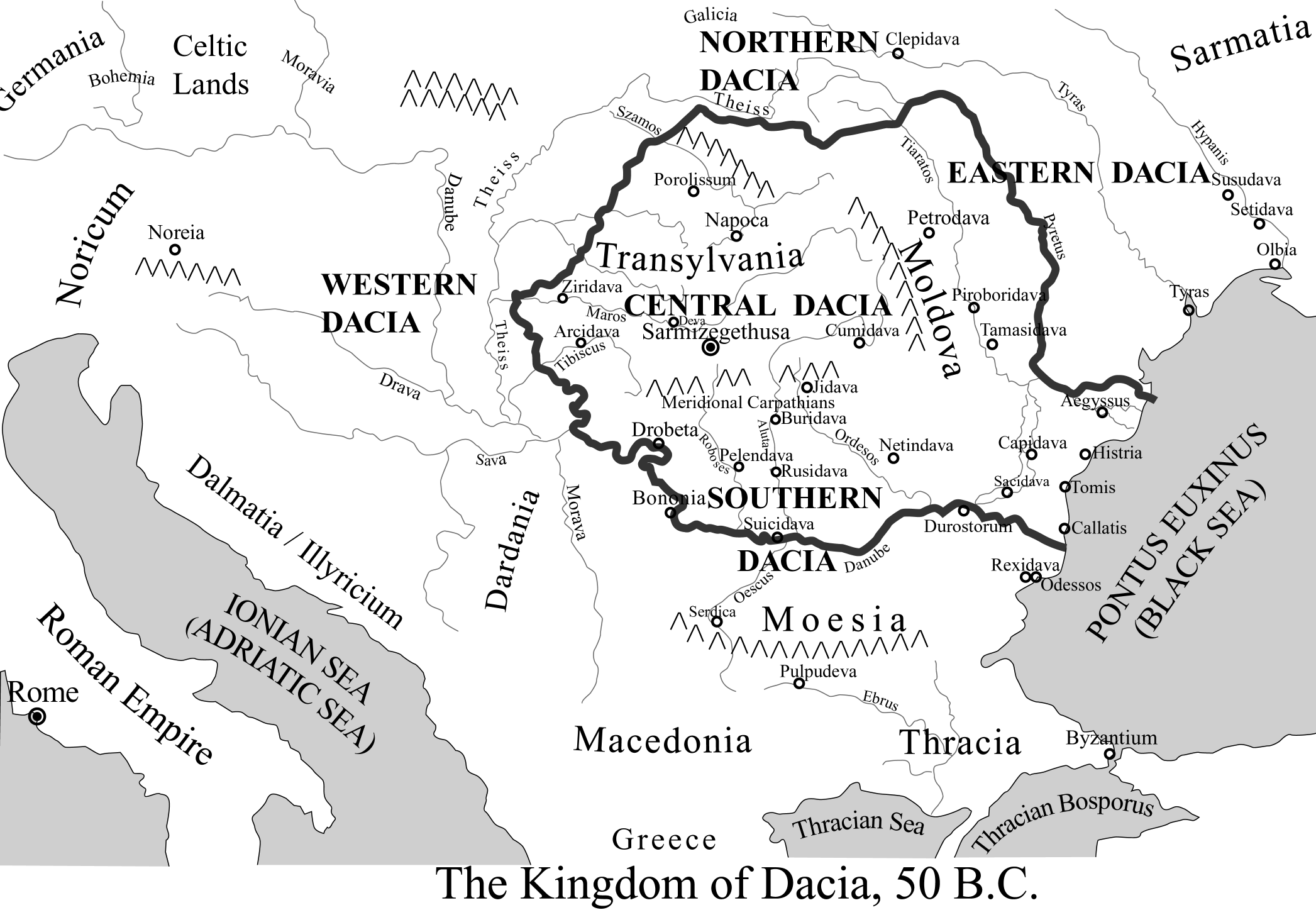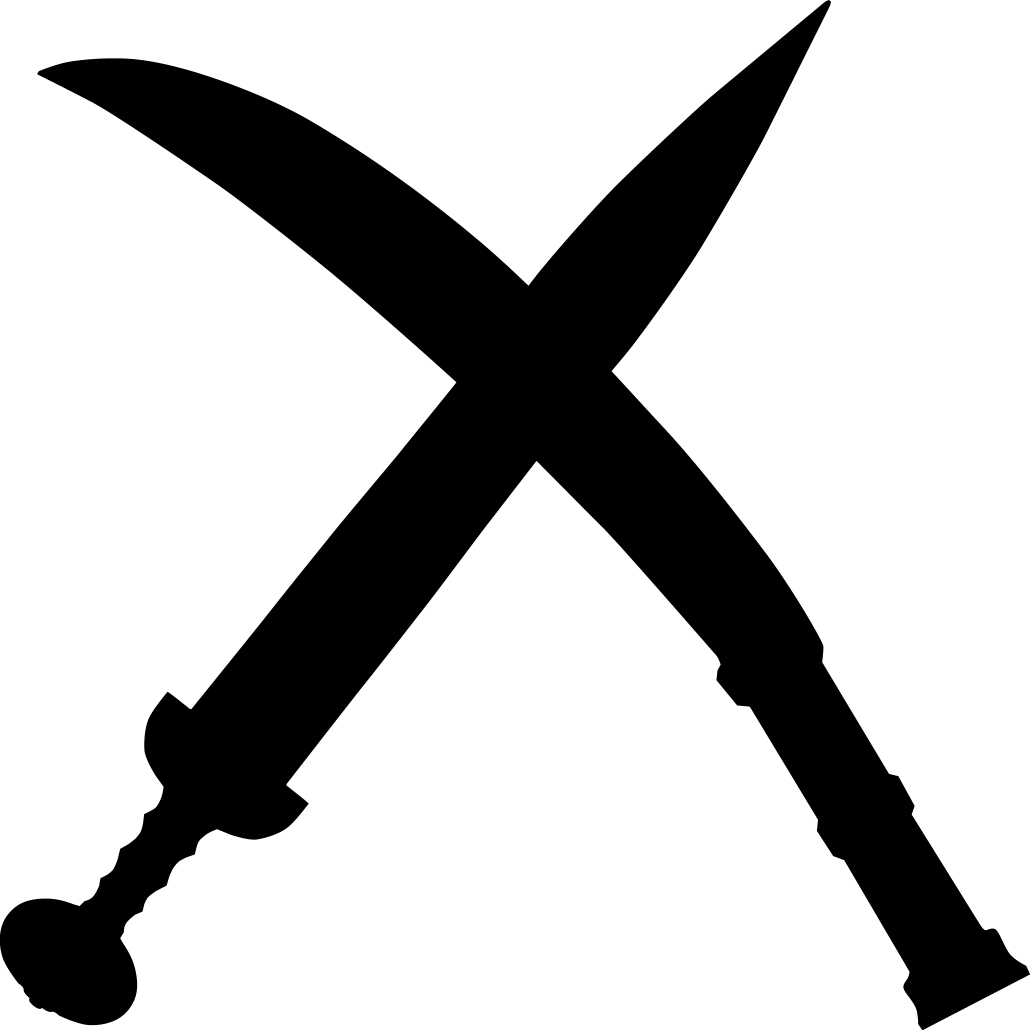
Ion Grumeza tells the little known ancient history of immensely rich lands that later became known as Transylvania and Romania. Today the history of this pivotal land and its people is only found in passing references in a handful of world history books.
Ptolemy clearly marked Dacia on his world map in the Second Century A.D., but ancient and modern historians mistook the Dacians for Thracians, Sarmatians, Scythians, and even Slavs. Grumeza corrects and revives the history of this mysterious Transylvanian land of the wolf-people who defied the Roman Empire for two centuries. Little known facts about Dacia that are included in this book include:
- Dacia by 1 A.D. was the third largest military power in Europe, after the Romans and Germans.
- The largest art monument in Rome—the intricately carved, recently restored Column of Trajan—commemorates the overtaking of Transylvania, province of Dacia, the most profitable invasion in the history of the Roman Empire .
- A bridge that was considered the Eighth Wonder of the World was built across the Danube to connect the Roman Empire with Dacia.
- Twelve Roman emperors tied their destiny to Dacia, and one of the highest honors they could have was to add “Dacicus” to their royal title.
- The plundering of Dacia by emperors Trajan and Hadrian ensured the continuity of the Roman Empire for the next 150 years.
Grumeza is an expert advisor to Kogainon Films, which has produced a documentary entitled “Decoding Dacia,” premiering in Florence, Italy and Bucharest, Romania in September 2012. One of the important sources was Dacia: Land of Transylvania, Cornerstone of Ancient Eastern Europe. For interviews with Grumeza about the history of Dacia, visit: http://www.kogainonfilms.com/Pages/DecodingDacia/GrumezaVideo.html


